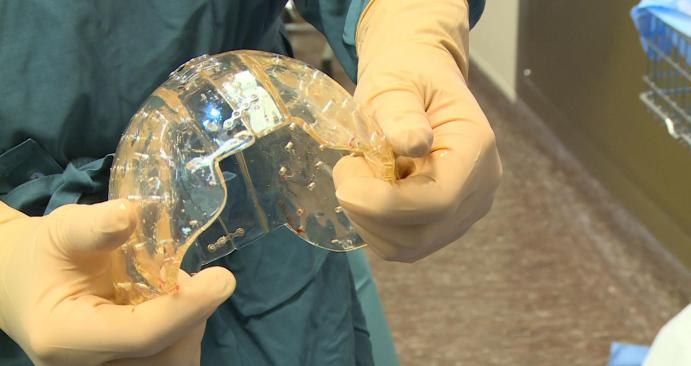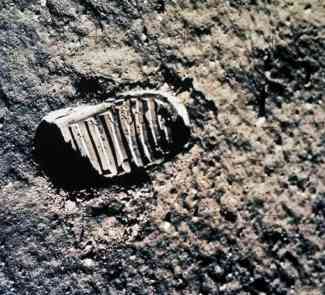Doctors at the UMC in Utrecht, the Netherlands, have successfully implanted a 3D printed skull in a patient.
The operation was done at the University Medical Center (UMC) in Utrecht, the Netherlands, and was actually performed almost three months ago, but the results were announced publicly only after it was clear that the operation had been successful. The 22-year-old patient is already back at work with nothing to indicate anything out of the ordinary. The doctors used this method to solve a serious problem that affected the bone structure in the patient’s skull.
The patient suffered a cranial condition that caused the skull to thicken progressively. The normal thickness of the skull is 1.5 cm, but in this case, it was 5 cm. And it was continuing to grow, which was compressing the brain and creating a risk of damage to cerebral functions.
The solution was to replace the entire upper bone structure, an unprecedented operation. There have been other cases in which damaged parts of the skull have been replaced with a kind of cement, but this was far from ideal for this case. Based on the success of this operation, 3D printing could start to be taken into serious consideration for operations like this one.
The neurologist who led the operation, Dr. Ben Verweij, says that it’s possible to create a model with the exact size using 3D printing. Aside from the aesthetic benefits, according to the doctor, brain function is restored better than with the traditional method.
Verweij chose a specialised Australian company to produce the 3D printed skull to be implanted in the patient. Once they had the plastic model, the doctors removed the bone structure covering the patient’s brain and then put the artificial implant in its place. The operation took a total of 23 hours. Some of the key moments are included in the video that the UMC has uploaded to YouTube (which can be seen with subtitles).
The UMC of Utrecht has announced that the technique used in this case could also be used in other patients with bone problems or who have suffered significant damage to the skull. In fact, this isn’t the first time that 3D printing has been used for a similar purpose. Last year, surgeons in the UK reconstructed the face of a patient with the help of 3D-printed implants. And there are currently a large number of studies underway to create biocompatible materials that can easily adapt to the tissues in the body.










